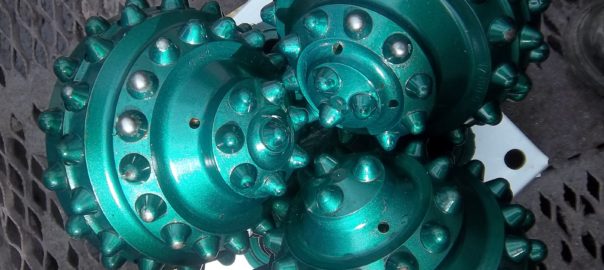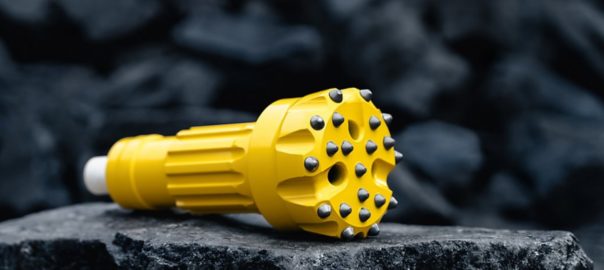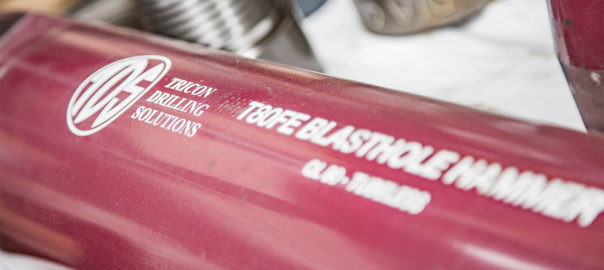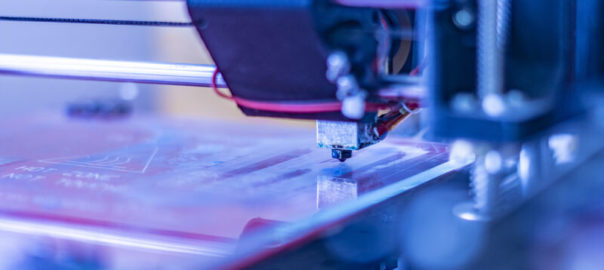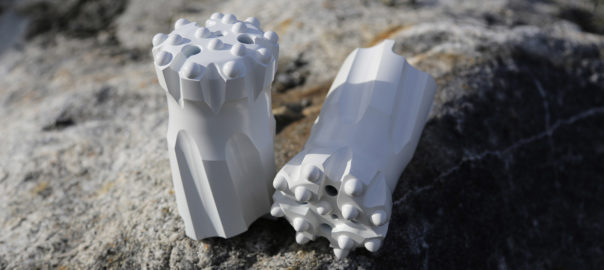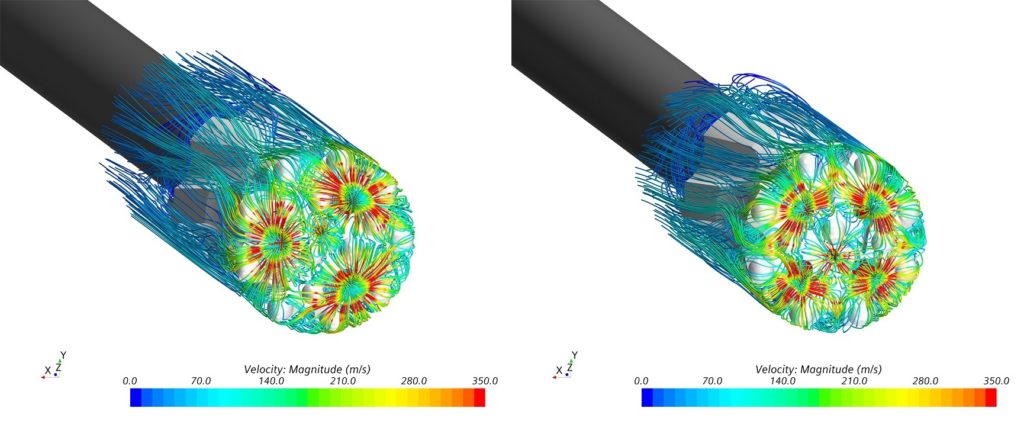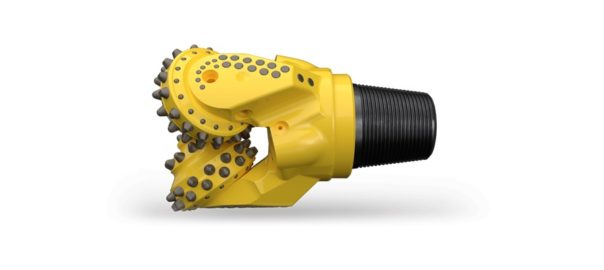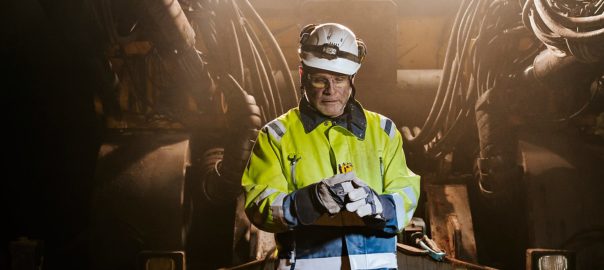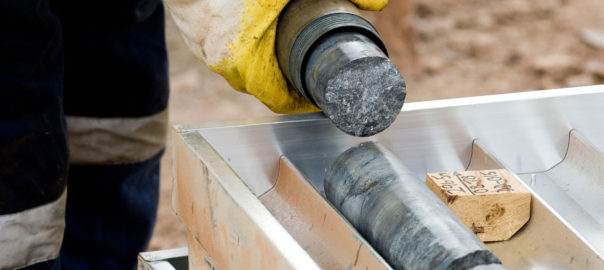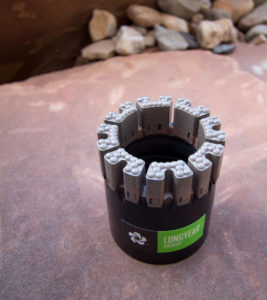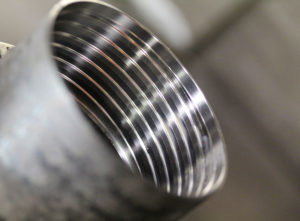Rio Tinto Kennecott’s (Salt Lake City, USA) site has joined Terelion’s Circularity Program in what the drill bits company says marks a significant milestone in delivering on its ambitious goal of achieving circularity throughout the whole value chain.
Cemented carbide is a key component in high-quality drill bits. One important ingredient in the manufacturing is tungsten, a rare mineral difficult to come by. Through Terelion’s Circularity program, it is now possible to recycle all cemented carbide inserts on a drill bit back to virgin material – pure tungsten – which can then be used in manufacturing new cemented carbide inserts. Tools from recycled solid carbide require 70% less energy which results in 40% less CO2 emissions.
Graeme McKenzie, Operations Director at Terelion, said: “At Terelion, we are committed to working towards a more sustainable mining future. Doing so will benefit all: our planet, our customers and our business. Our aim is 90% circularity by 2030. Key in achieving this is our Circularity Program. We are very happy that Rio Tinto Kennecott shares this ambition and has decided to join our program – a clear testament also to their commitment in this area. We look forward to a successful partnership that ultimately encourages others to join this exciting initiative.”
The process of separating cemented carbide inserts from the steel body of the drill bit is done through an elaborate heating process. The inserts are then gathered and shipped to Terelion’s recycling partner – saving more than 90% of shipping emissions in the process (compared to shipping the complete drill bits).
The used products are collected on site at Kennecott and transported to a partner where the dull tungsten carbide drill bits are separated from the steel. The used carbide inserts are then sent to a process plant in Austria where they are transformed back to its original powder form, and then made into new tungsten carbide inserts that are used as the raw material for making new drill bits.
The Terelion Circularity program for tungsten carbide drill bits at the Rio Tinto Kennecott mine is estimated to reduce CO2 emissions related to carbide drill bits by 64%. The energy consumption will be reduced by 70% compared with sourcing tungsten carbide via conventional mining methods.
Rio Tinto Kennecott General Manager Minerals, Brendan Murphy, said: “We’re always looking for new and inventive ways to reduce our carbon footprint and cut waste. We are excited to support this innovative circularity program and look forward to seeing the difference it can make.”
A ceremony taking place at the Rio Tinto Kennecott Mine on May 23, 2023, marked the start of the circularity program between the two companies.







